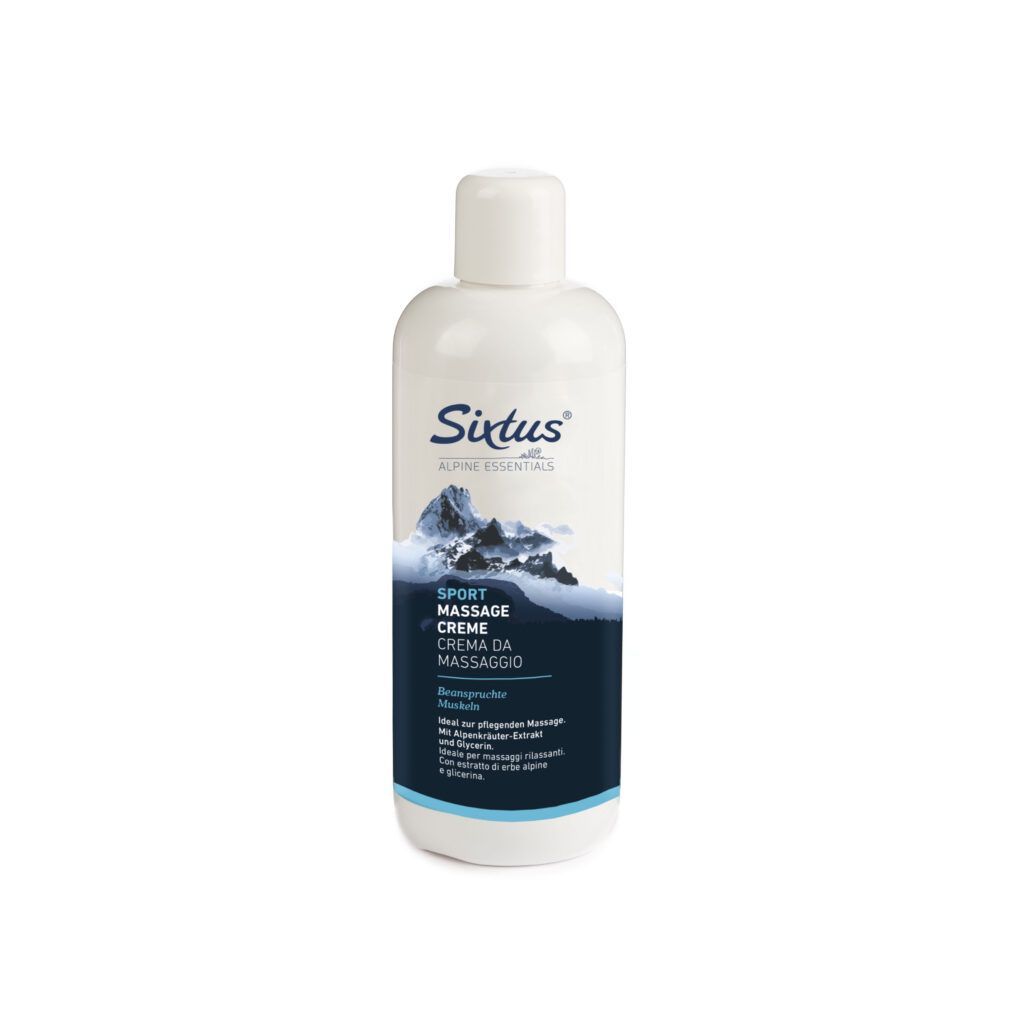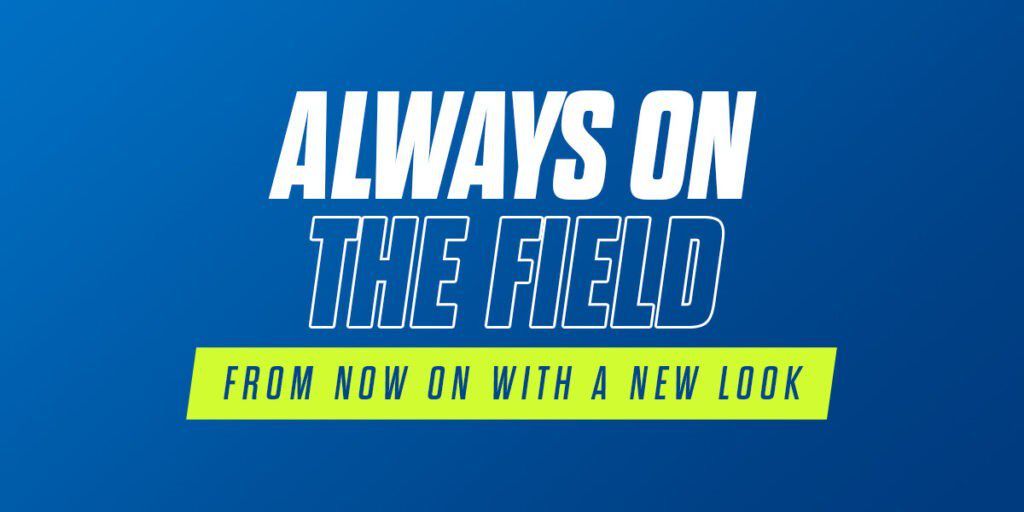News and Curiosity
Sports medicine, an interview with Luca Magni. We discover the Prato Medical Sport Centre

""It is necessary to continuously improve, to grow and learn"". Dr Luca Magni repeats this several times while telling us about his professional history, the birth of Medical Sport, the polyclinic of Physiokinesitherapy and Sports Medicine in Prato, the work and the therapies that are carried out in the centre daily and his commitment at the head of the sports medical association of Prato.
It is precisely from the figure of the sports physician that the reasoning on therapies and sports starts: ""Unfortunately, we are often still faced with the concept that the sports doctor is a bit like the old GP, after all, sports medicine is relatively 'young': thirty years ago, when I graduated and specialised, when we talked about sports medicine we talked almost of 'nothing', it was considered, in fact, a marginal part of medicine: instead the sports doctor has important responsibilities as he/she must be able to treat traumas whilst not being an orthopaedist, he/she must be able to recognise possible cardiac problems despite not being a cardiologist, he/she must be competent in functionally assessing athletes despite not being a physiologist and he/she must also have specific skills in the fields of pulmonology and nutrition.
Dr Magni, who was also a semi-professional basketball player (professionalism was only in the premier league) recalls: ""For example, when I played basketball in the second division (the second division of “Excellence” at that time did not exist, the championships were divided into premier league and second division), the club’s masseur was actually a carpenter... and more than once I found myself being ‘cured’ in the basement of the workshop!”.
Luca Magni is a doctor, but at the same time a true sportsman, and that's why he manages to see the profession from multiple angles: “Since I graduated I've always dreamt of a centre where athletes could be followed from all points of view, integrating the different professions and disciplines. At the time there were no such things, the centres were really very few and far between, and even developing this idea was not easy"".
In 1995 the first centre in Prato was born, and twenty years later we find ourselves in a cutting-edge and highly specialised centre where ""everything passes through the doctor, through specialist visits - explains Dr Magni -. The first step is the diagnosis: from here you plan the therapy and start the treatments with the various specialists working in the centre. Then, depending on the case, after 5-10 sessions the doctor once again evaluates the effectiveness of the work and indicates how to proceed. Clearly we work closely together and in close contact with the whole team"".
Who turns to the Centre? “First of all, we must be able to meet the needs of both sportspeople and non-sportspeople. The public has now changed: athletes are getting older, many of those who turn to us are between 30 and 60 years old, this is why we work a lot on prevention. For example, running has now become a sport for the 'elderly', the average age is between 35 and 55 years, which means having to deal with a series of very different problems compared with a young person: in short, you work on wear and tear"".
The public has changed and so have the needs of those who turn to a sports medicine centre: ""The economic crisis and the general impoverishment - says Magni - are also felt in this field: before the year 2000, 70% of people could afford therapies which are now being postponed, waiting to be visited until they have no alternative. This is why we need to be even better, faster and more effective. With the crisis people have to choose you and to do that you have to solve their problem, as I said, quickly and well"".
""We must always be better"", repeats Dr Magni, which also means always keeping up to date: ""In this world everything has changed, just think of the knee: in the nineties cartilage was practically unknown, patella problems almost did not exist, there was only the meniscus and arthroscopy was in fashion…
Today the approach is totally different, just think about the development of knowledge on posture or on how our body works. Just as the working methods are different: the introduction of increasingly advanced machinery has simplified procedures which were previously manual and has also reduced the risks, but on the other hand it is necessary to know how the machines work and therefore the training, updating and cultural growth of professionals is very important"".
And then, ""in this trade you must be curious, you must want to always look for something new, to keep up to date and to do so you need to attend courses and conferences. It's not just about finding the state-of-the-art machinery, we need what can be better incorporated into my protocols, what fits best with my work"", he continues.
And the last key word of Dr Magni's reasoning is “trust”: ""The relationship with Sixtus is strangely recent even though we have been neighbours for many years and despite knowing of them for a lifetime having used their products as a player. Now we have a good relationship based on trust and we are developing many projects together"". You can also see this when attending the Centre, where professionals are working on athletes with, for example, Tecar and Game Ready.








